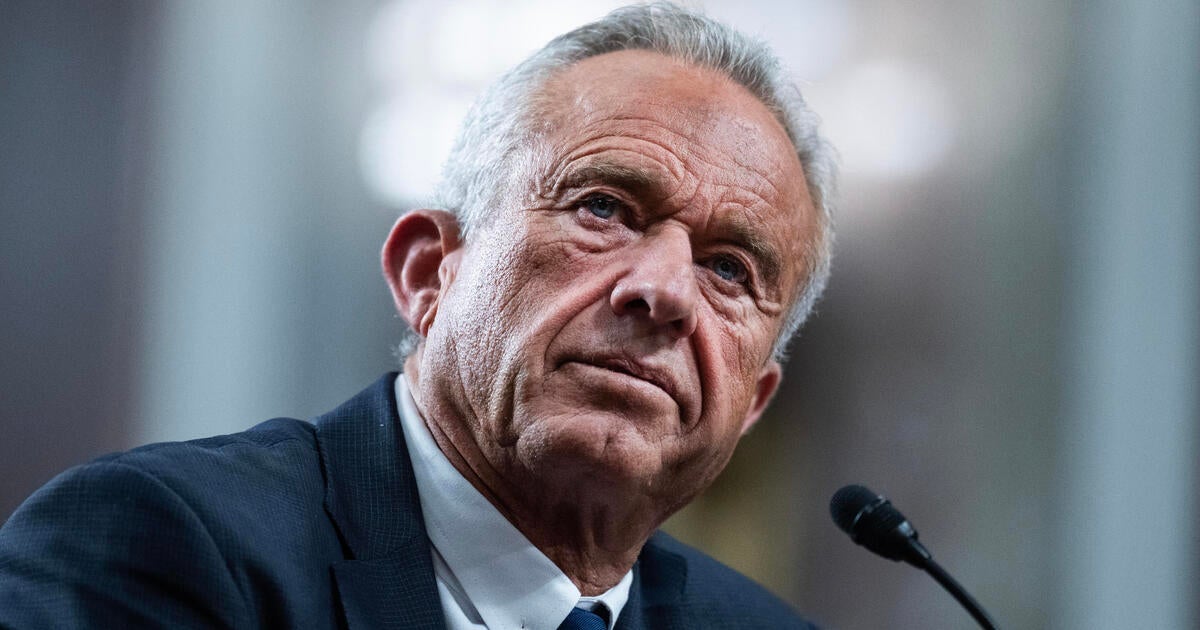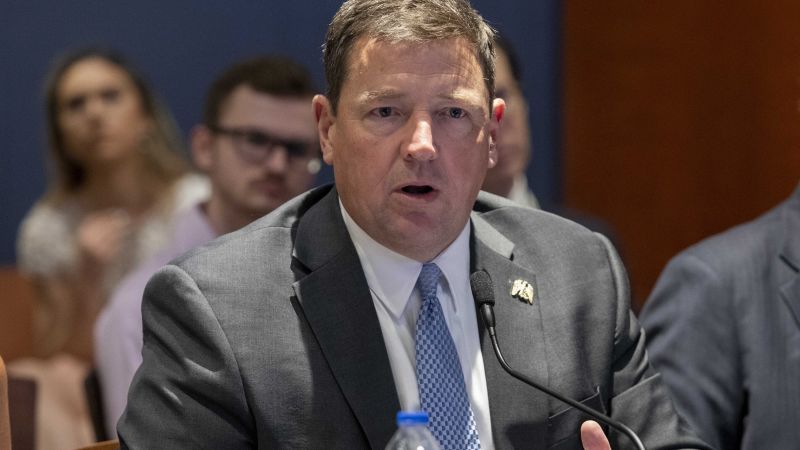Author: Contributor
-

JD Vance, Positioning Himself as Trump’s Attack Dog, Berates Zelensky at Oval Office
For 39 days, Vice President JD Vance performed his duties in the shadows of two bigger-than-life figures: President Trump and Elon Musk. That changed on Friday. With cameras rolling, the vice president ambushed President Volodymyr Zelensky of Ukraine, triggering the kind of overheated argument rarely seen in the Oval Office. Mr. Vance repeatedly accused Mr.…
-

ENTERPRISE FINANCIAL SERVICES CORP SEC 10-K Report — TradingView News
Enterprise Financial Services Corp, a diversified financial services company, has released its 2024 Form 10-K report, detailing its financial performance, business operations, strategic initiatives, and the challenges it faces. The company, which operates primarily in Arizona, California, Florida, Kansas, Missouri, Nevada, and New Mexico, focuses on providing a broad range of business and personal banking…
-

Pope Francis health concerns top of mind at National Catholic Prayer Breakfast
By Tyler Arnold Washington D.C., Feb 28, 2025 / 19:30 pm Speakers and attendees at the 2025 National Catholic Prayer Breakfast on Friday prayed for Pope Francis amid his ongoing ailments, emphasized a message of hope, and called attention to ongoing pro-life policy efforts. “The Holy Father is still in precarious circumstances, but thanks be…
-

Great Performance for an Apple Budget Phone
Business Insider may earn an affiliate commission when you purchase through our links. Learn more The iPhone 16e replaces the iPhone SE (2022) and iPhone 14, becoming Apple’s sole entry-level smartphone. Positioned as a reasonably priced iPhone, it brings both welcome upgrades and puzzling omissions. Priced at $600, the iPhone 16e can be viewed either…
-

23 best Hyatt hotels in the world
There’s a Hyatt brand and a Hyatt hotel for every budget, from labels like the casual new Caption all the way up to tony Park Hyatt. You might even be surprised to discover some smaller boutique hotels are also connected to the World of Hyatt loyalty network, thanks to Hyatt’s partnership with the Mr &…
-

Fayetteville Sports Club announces 2025 Hall of Fame class
The Fayetteville Sports Club is honored to announce the 2025 class of its Hall of Fame. This year’s induction ceremony will be held on April 17 at 6 p.m. at the Tony Rand Student Center on the campus of Fayetteville Technical Community College. Tickets are $65 and can be purchased by contacting Ashley Petroski at ashley@npfp.com or…
-

Qiancheng Ying’s Role in Wanmei Jiazu’s Live E-commerce Success – Hollywood Life
Image Credit: Wanmei Jiazu The rise of live e-commerce, often referred to as social commerce or live-stream shopping, marks a shift in consumer behavior. Audiences worldwide are increasingly drawn to brands that establish a strong digital presence and engage viewers through interactive live streams where products are showcased and their features are explained in real-time.…
-

RFK Jr. rolls back transparency policy on Medicaid and NIH changes
Health and Human Services Secretary Robert F. Kennedy Jr. ended a longstanding transparency rule on Friday, supercharging his authority to change policies in areas ranging from Medicaid to the National Institutes of Health without advance notice to the public. Dubbed the “Richardson Waiver” after the former health secretary who issued the rule in 1971, the…
-

Trump ally demotes at least 8 senior federal prosecutors who worked on January 6 cases
CNN — At least eight senior federal prosecutors who worked on the January 6, 2021, US Capitol riot cases have been demoted to entry-level jobs, according to multiple sources and memos obtained by CNN. The unprecedented moves by Ed Martin, the acting US attorney in Washington, DC, are seen as retaliation by the Donald Trump…
-

State Farm® Announces 2024 Financial Results
In 2024, State Farm continued to fulfill its mission of helping people manage the risks of everyday life, recover from the unexpected and realize their dreams. We maintained our commitment to helping more customers and, in turn, saw an increase of more than one million policies and accounts. While auto and fire insurance companies within…